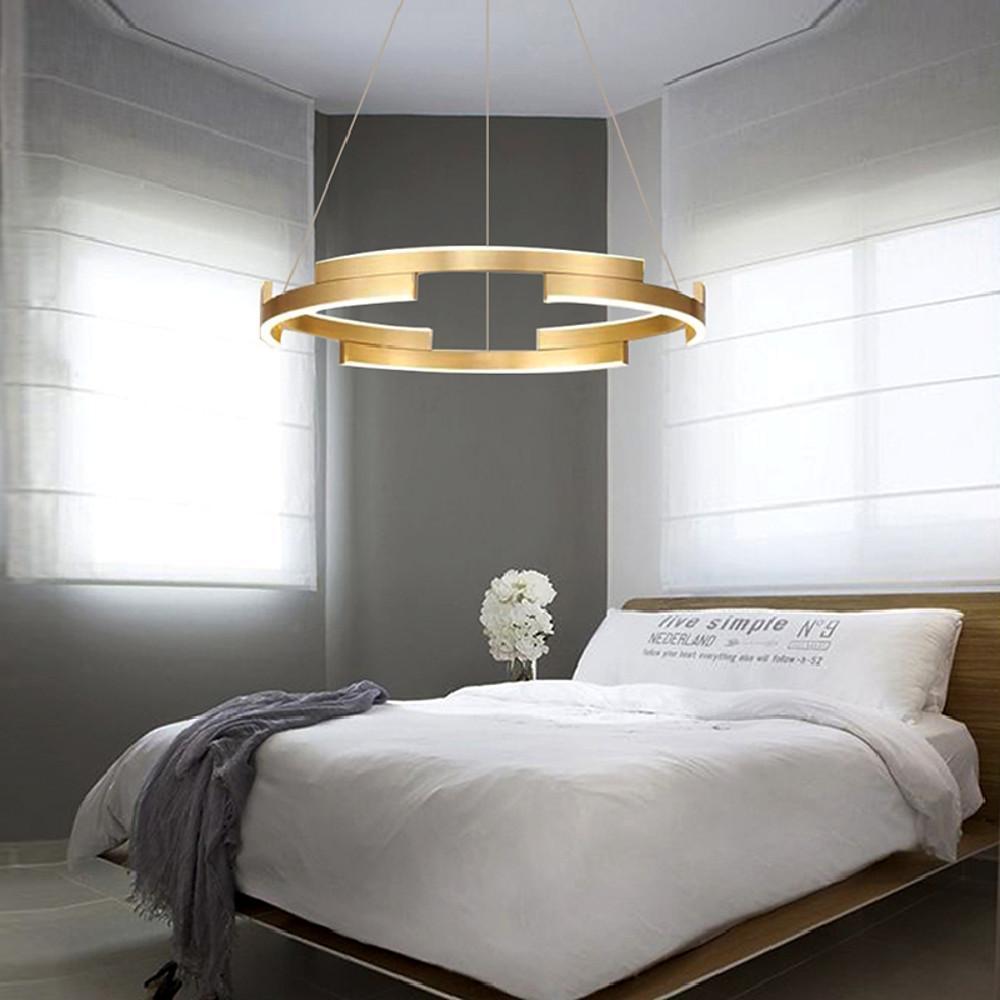Bedroom Lighting Design Guide: How to Choose and Match Lights for a Cozy Ambiance

A bedroom is not just a place for rest but also a sanctuary for relaxation. Lighting design, therefore, must go beyond basic illumination to create a warm and inviting atmosphere. With countless lighting options on the market, how do you select and combine fixtures to craft a functional yet aesthetically pleasing bedroom lighting scheme? This article explores practical tips for designing the perfect bedroom lighting.
What Types of Lights Does a Bedroom Need?
While the primary function of a bedroom is rest, it also accommodates activities like reading, working, or organizing clothes. Lighting should adapt to these diverse needs. Common fixture types include:
Types of Bedroom Lights and Their Uses
Chandeliers/Pendant Lights: Ideal for bedrooms with high ceilings (above 2.8 meters), offering general illumination in a minimalist style.
Wall Sconces: Compact and elegant, perfect for localized task lighting or ambient accents.
Floor Lamps: Artistic designs that double as statement pieces and mood enhancers.
Table Lamps: Placed on nightstands or desks for focused lighting during reading or work.
LED Strip Lights: Hidden, decorative lighting to highlight architectural features or add soft ambiance.
Cabinet Lights: Installed in closets for easy visibility when selecting outfits.
Downlights/Spotlights: Versatile for layered lighting setups.
Combining 2-3 types of fixtures ensures both functionality and style.
How to Layer Bedroom Lighting
A well-designed bedroom lighting system includes three layers: general, task, and ambient lighting.
Lighting Layers and Fixture Recommendations
General Lighting:
Purpose: Illuminate the entire room.
Fixtures: Chandeliers, ceiling lights, or downlights.
Task Lighting:
Purpose: Support activities like reading, working, or dressing.
Fixtures: Wall sconces, table lamps, cabinet lights, or adjustable spotlights.
Ambient Lighting:
Purpose: Enhance comfort and ambiance.
Fixtures: Wall sconces, floor lamps, LED strips, or dimmable downlights.
Key Considerations for Bedroom Lighting
Avoid direct glare: Never place bright lights directly above the bed or at eye level.
Opt for warm-toned bulbs (2700K–3000K) to promote relaxation.
Use shades or diffusers to soften light and prevent harsh shadows.
Avoid overly bulky fixtures, which can disrupt visual harmony.
Minimize reflective surfaces on metal fixtures to reduce glare.
